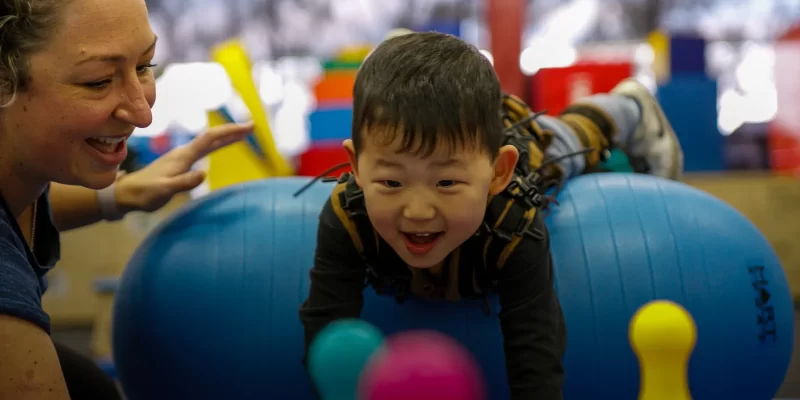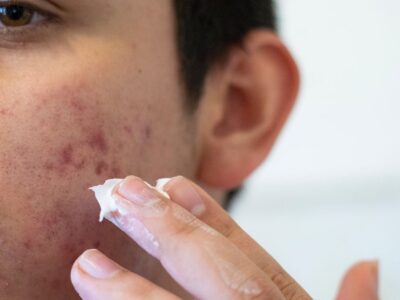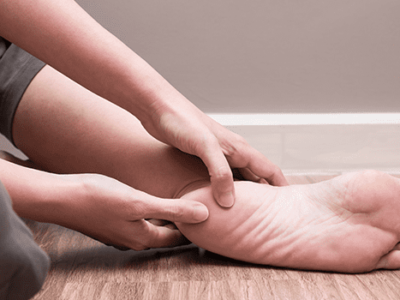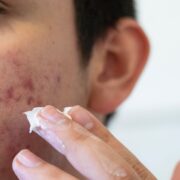Occupational therapy group activities offer a dynamic approach to enhancing children’s development. These activities are meticulously designed to improve various skills, including social, motor, and cognitive abilities, by engaging children in structured, therapeutic tasks. This article explores the effectiveness of occupational therapy group activities for kids and how they contribute to overall child development.
Advantages of Occupational Therapy Group Activities
Occupational therapy group activities provide a multitude of benefits for children. They aid in improving social interactions, enhancing motor skills, boosting self-esteem, and fostering independence. These activities create an environment where children can learn and grow alongside their peers.
Enhancing Social Skills
Group activities encourage children to interact with their peers, which is crucial for developing social skills. Children learn to communicate, share, take turns, and collaborate, all of which are essential for building relationships and functioning effectively in social settings.
Boosting Motor Skills
Occupational therapy group activities often involve physical tasks that help improve fine and gross motor skills. Activities such as cutting, drawing, and playing with toys enhance hand-eye coordination, dexterity, and overall motor function.
Increasing Self-Esteem
Participating in group activities allows children to experience success and build confidence. Accomplishing tasks and receiving positive reinforcement from peers and therapists contribute to a child’s sense of achievement and self-worth.
Varieties of Occupational Therapy Group Activities
There are various types of occupational therapy group activities designed to address different developmental needs. These activities can be tailored to suit the specific requirements of each group, ensuring that every child benefits from the therapeutic intervention.
Sensorimotor Activities
Sensorimotor activities focus on enhancing sensory processing and motor skills. These activities may include obstacle courses, balance exercises, and tactile play. By engaging in sensorimotor tasks, children improve their ability to process sensory information and coordinate their movements.
Social Skills Groups
Social skills groups are designed to help children develop communication and interaction skills. These groups typically involve activities such as role-playing, group discussions, and cooperative games. Children learn how to express themselves, listen to others, and navigate social situations effectively.
Play-Based Activities
Play-based activities are a crucial component of occupational therapy for children. These activities use play as a medium to promote learning and development. Examples include imaginative play, building with blocks, and playing board games. Play-based activities are engaging and enjoyable, making therapy sessions more effective.
Occupational Therapy for Specific Conditions
Occupational therapy group activities can be particularly beneficial for children with specific conditions, such as autism spectrum disorder and developmental delays. Tailored group activities address the unique challenges faced by these children, providing targeted support to enhance their skills.
Occupational Therapy for Autism
Children with autism often benefit from structured group activities that focus on improving social communication and sensory processing. Occupational Therapy Autism Goals include enhancing social interaction, improving sensory integration, and developing adaptive skills. Group activities provide a supportive environment where children with autism can practice and refine these skills.
Developmental Delays
For children with developmental delays, group activities offer opportunities to practice and develop essential skills at their own pace. Activities are designed to address specific areas of delay, such as motor skills, language development, and cognitive abilities. The group setting provides motivation and encouragement, helping children make significant progress.
Implementing Occupational Therapy Group Activities
Successful implementation of occupational therapy group activities requires careful planning and consideration. Therapists must assess the needs of each child, select appropriate activities, and create a supportive and inclusive environment.
Assessment and Goal Setting
Before starting group activities, therapists conduct thorough assessments to understand each child’s strengths and areas of need. Based on these assessments, therapists set specific, measurable goals for each child. These goals guide the selection of activities and ensure that therapy is targeted and effective.
Activity Selection
Choosing the right activities is crucial for the success of occupational therapy groups. Activities should be age-appropriate, engaging, and aligned with the therapeutic goals. Therapists often use Basic Functional Play Activity Examples for Kids to design sessions that are both fun and beneficial.
Creating a Supportive Environment
A supportive and inclusive environment is essential for effective group activities. Therapists must ensure that all children feel safe, valued, and encouraged to participate. This involves creating a positive atmosphere, providing clear instructions, and offering appropriate support and reinforcement.
Occupational Therapy at Home
In addition to formal therapy sessions, occupational therapy can be incorporated into daily routines at home. Parents and caregivers play a crucial role in supporting their child’s development by engaging them in therapeutic activities.
Home-Based Activities
Home-based activities can complement formal therapy sessions and provide additional opportunities for skill development. Simple tasks such as cooking, gardening, and household chores can be adapted to serve therapeutic purposes. These activities help children practice and generalize the skills they learn in therapy.
Parental Involvement
Active parental involvement is key to the success of home-based occupational therapy. Parents should collaborate with therapists to understand their child’s goals and how to support them effectively. By integrating therapeutic activities into daily routines, parents can help their children make continuous progress.
Measuring the Effectiveness of Group Activities
Evaluating the effectiveness of occupational therapy group activities involves ongoing assessment and monitoring. Therapists use various methods to measure progress and ensure that therapy is meeting the intended goals.
Progress Monitoring
Regular monitoring of each child’s progress is essential for effective therapy. Therapists use observations, standardized assessments, and feedback from parents and teachers to evaluate the child’s development. This information helps therapists adjust activities and strategies as needed.
Outcome Measures
Outcome measures provide valuable data on the effectiveness of occupational therapy group activities. These measures include improvements in motor skills, social interactions, and functional abilities. By analyzing outcome measures, therapists can determine the impact of therapy and make informed decisions about future interventions.
Conclusion
Occupational therapy group activities are a powerful tool for supporting children’s development. These activities offer numerous benefits, including improved social skills, enhanced motor abilities, and increased self-esteem. By carefully selecting and implementing group activities, therapists can help children achieve their therapeutic goals and thrive in various aspects of their lives. The effectiveness of Occupational Therapy Groups highlights the importance of providing structured, supportive, and engaging therapeutic interventions for children.













Comments